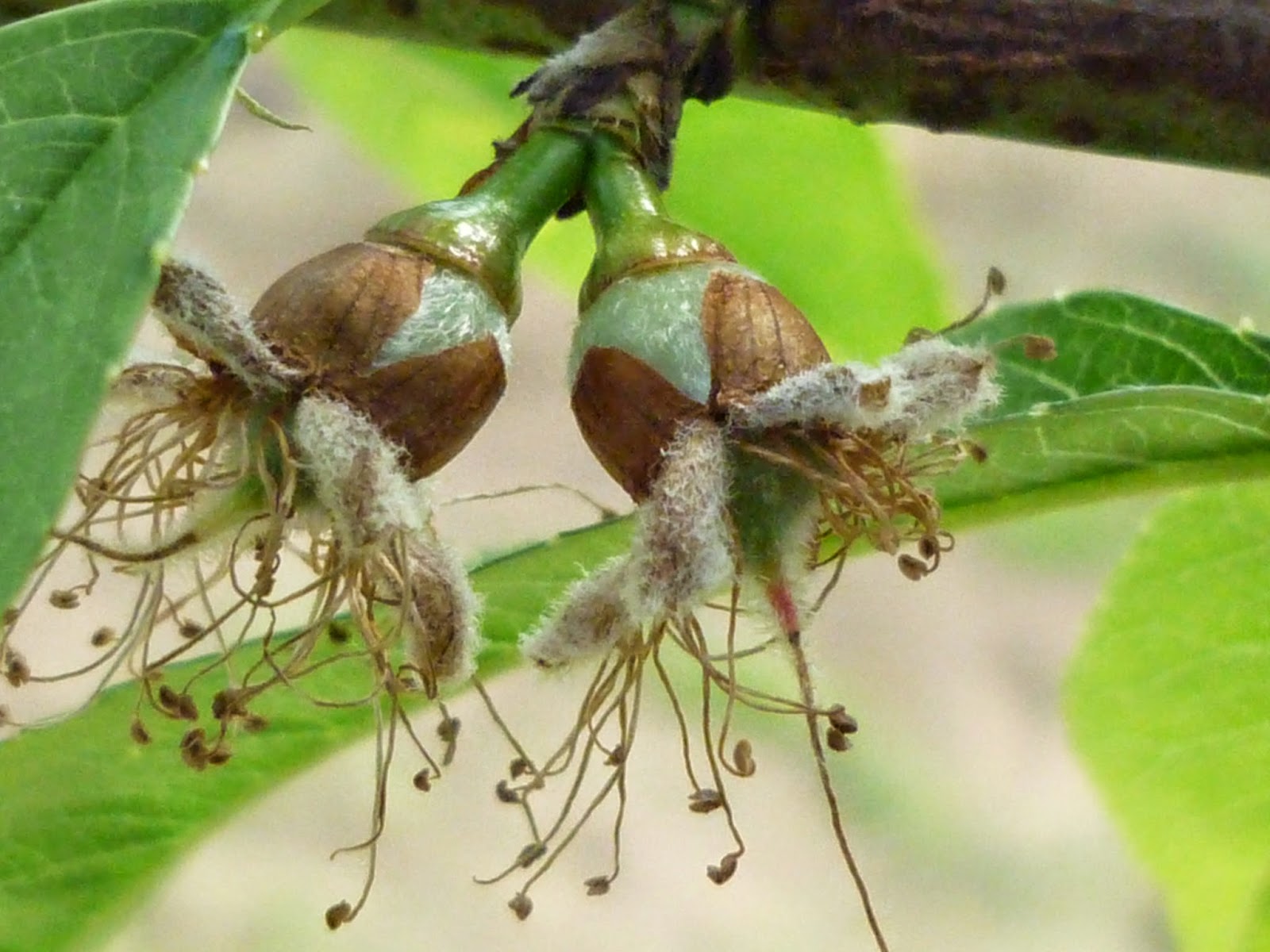Agriculture, by
definition, is subject to the bad weather. This has always been the case and it
is an integral part of the activity.
We know that at
any time we may have a problem caused by the bad weather. Possible causes are
many, and possible consequences are even more numerous. The same cause can have
diverse consequences.
In
itself, this is not really a problem. We know this is a sword of Damocles
hanging permanently over our heads as farmers.
But to this
fact, a priori trivial, was added a problem that greatly aggravates the
consequences. I mean standardization.
The
forms that take the bad weather and their consequences are very varied. I
decided to do a series about them, that I will feed from time to time.
The first
episode does not really have a name. I called it "uglyness" because
of its consequences. This is a non cataloged phenomenon, and the afterwards analysis
shows that it should be classified as damage from bad weather, but unexpected
kind.
Its
consequences directly enter in the category that was the inauguration of my
blog: loss of food. Review if you want, my post number 1 ("food
waste", January 2014).
Here is a peach
variety, a bit outdated because of its presentation (the market evolution goes
to 100% red fruit, which is an aberration, and it is not going better) and
above all, which tends to escalate over the years. Specifically, it tends to
have discoloration around the mucro (the pistil point, somehow the peach navel).
This is a problem that I call cosmetic type, since it only changes the
appearance of the fruit, not alter in any way its intrinsic qualities.
But the current
standardization attaches more importance to aesthetics than taste.
Well,
so far, nothing special, except that in the selection of new varieties, it is
generally more important to choose a beautiful fruit that a good fruit.
Where the
situation worsens, it is when the weather gets involved, and in addition, as is
the case this year, the market is hard.
Look
at the following pictures, you can see the consequences, on this variety, of a prolonged
rain and moisture period, after blooming period, key moment in the development
of young fruit.




The majority of
these fruits have a simple appearance default. But they will be sold, at best,
as second choice.
Yet this year's
market is difficult (high European production and low consumption), the second
choice hardly finds a buyer. Prices of first choice fruit are very low (which
has nothing to do with the price you can pay at the retailer’s), and the second
choice mainly goes to industry (9 cents per kg, which must be deducted
transport), or directly to the trash.
However,
these fruits have all the qualifications, apart from the look.
Do
you remember my post "portraits of flowers" (No. 8 March 2014)? The
last picture is the flower senescence. Then begins the phase of fruit
development. It begins within the calyx of the flower, stripped of its petals.
Then comes the moment when the young fruit must get rid of the calyx, which
could hinder its development.
It
is this phase that is especially sensitive because the skin of the fruit must
move from a protected position an exposed position, and to do this, he must
become stronger. But if during this very delicate phase, the fruit is under
stress, it can keep serious sequelae.
The peach
harvest, when seeking a high level of quality, is achieved in several stages,
in order to monitor the timing of fruit ripening on the tree. Specifically, we
usually pick in 4-7 passages, depending on the variety and according to the
situation. When the harvest ends, there is still some fruit on the ground,
between 10 and 20 fruits per tree, because of accidental falls, excessively
mature fruit, too damaged to be sold, or sometimes fruit rotten on the tree.
This
gives the following result.
But in this
case, that prevented me from sleeping this year, the amount of unmarketable
fruit was such, that we had to throw on the ground a large part of the harvest.
We even had to take the painful decision to abandon the harvesting of certain
areas before the end. With despairing result you can see.
One
year of work to get to that!
And this, not
to mention the extremely tough selection made in the packhouse station after
harvest.
And
not to mention complains in destination. Because when fruits are
"clean", the packing work is easy, and there is little problem. But
when the fruit reaches the orchard with so many problems, packing errors are
more numerous. And as long as the market is difficult, any excuse is good to
renegotiate the price, once the fruit arrived to destination.
Finally, for a
company, it is a disaster, a blow which it is difficult to recover as long as
the variety in question is one of the pillars of the campaign, as is the case.
I
did not have the final numbers, but I think that this variety, sales revenue
will not cover more than 30% of costs.
So when I hear,
or I read some comments that farmers treat their crops by pure profit motive,
it makes me boil.
The farmer
sprays to control the elements on which he may have an action, knowing that
uncontrollable elements are much more numerous. It seeks to ensure sufficient
income to cover its crop. He simply acts as any entrepreneur, from any economic
activity.
Because
in a situation like the one I described, the losses are immense.
Let's
just hope that the end of the peach campaign, is able to offset these losses,
in order to at least balance accounts.







Aucun commentaire:
Enregistrer un commentaire